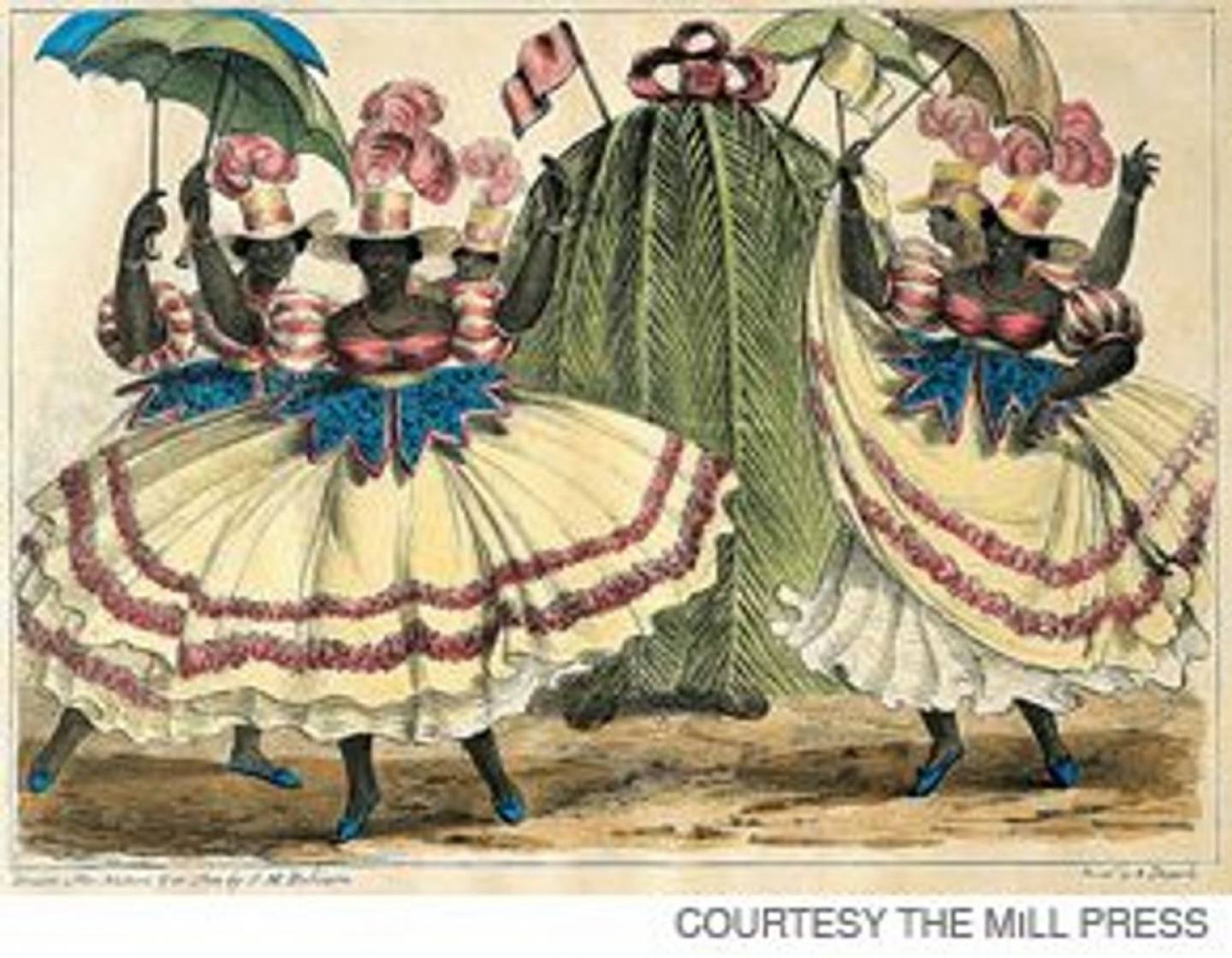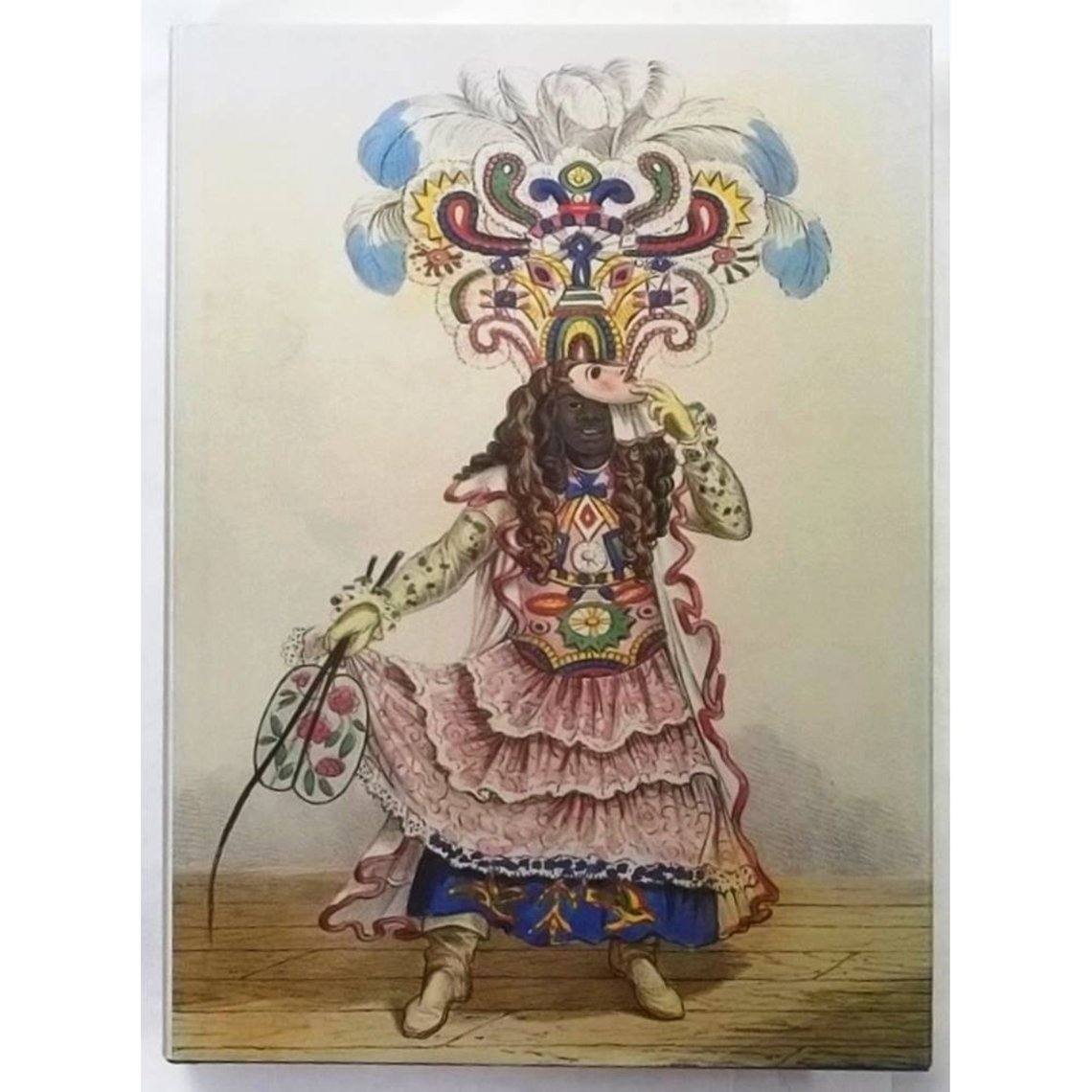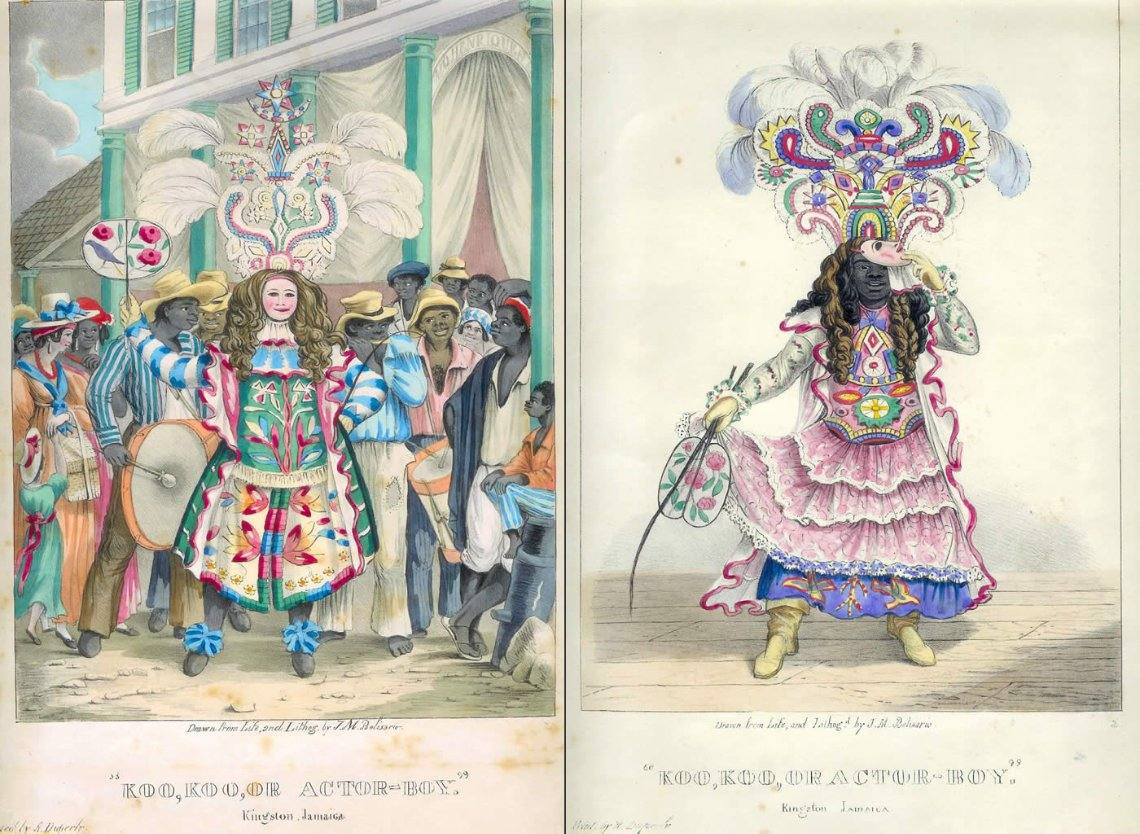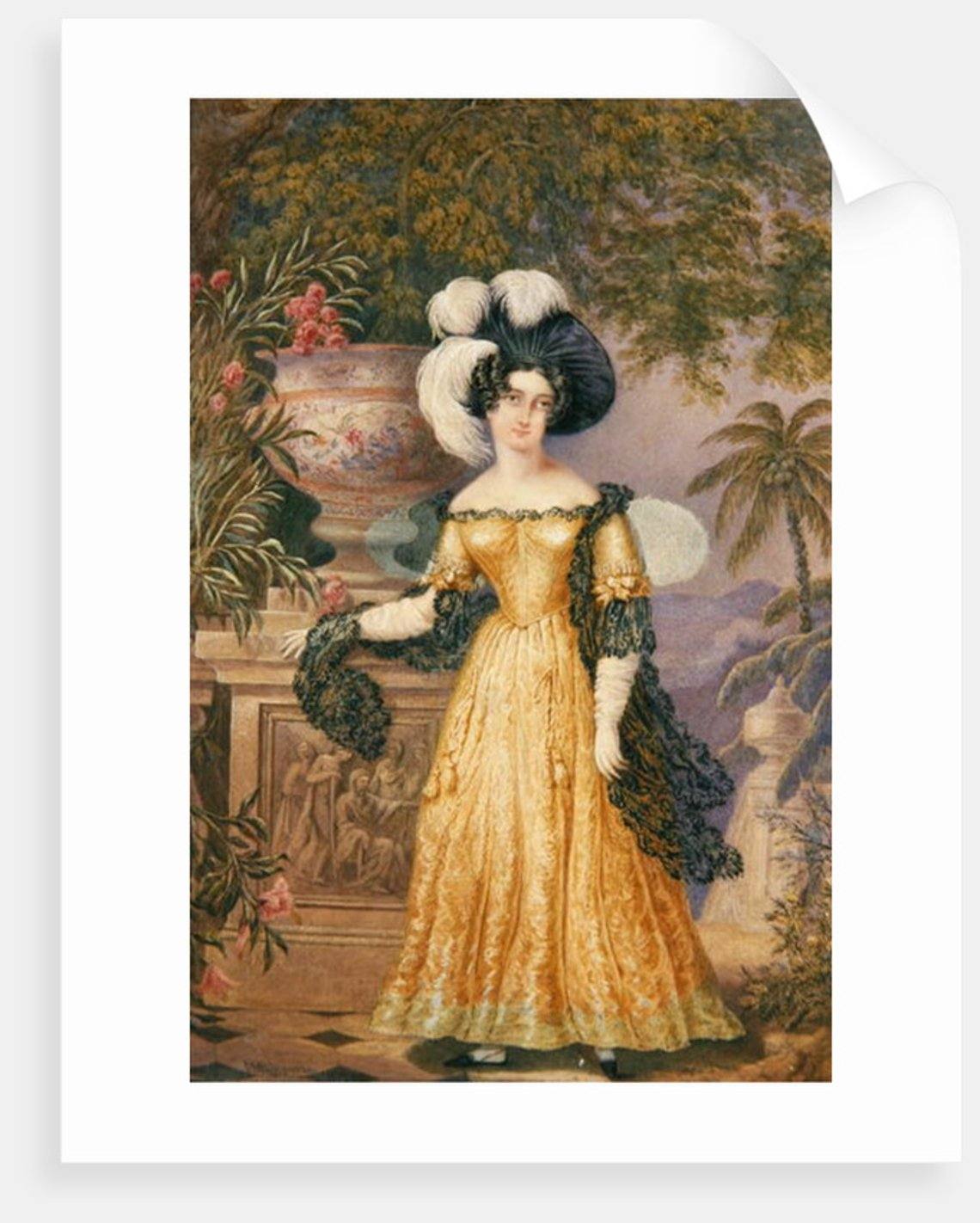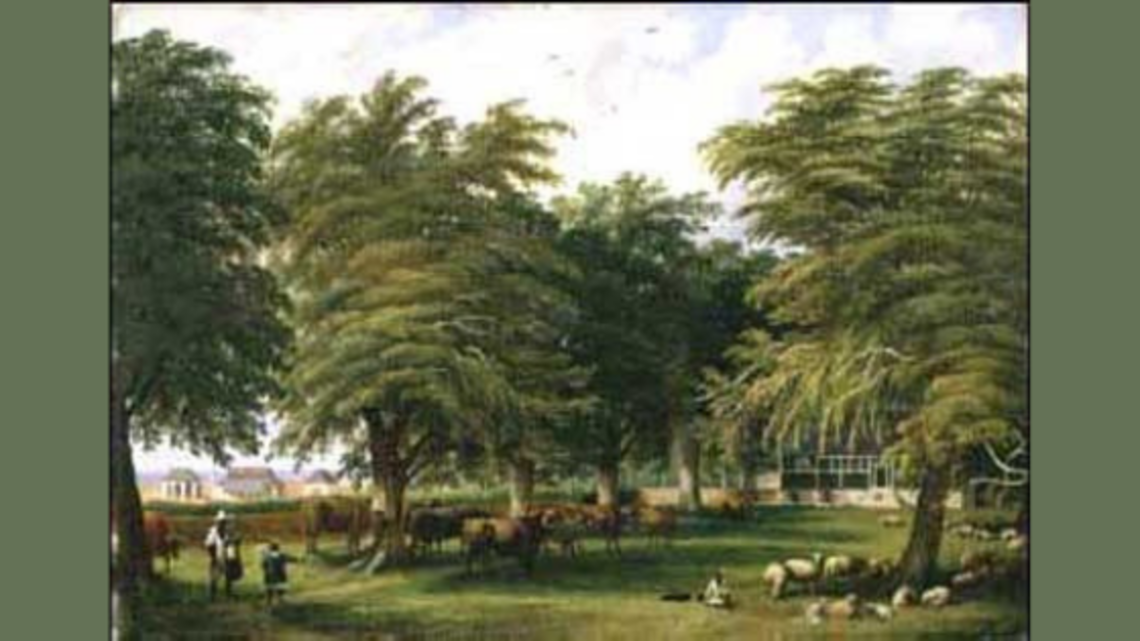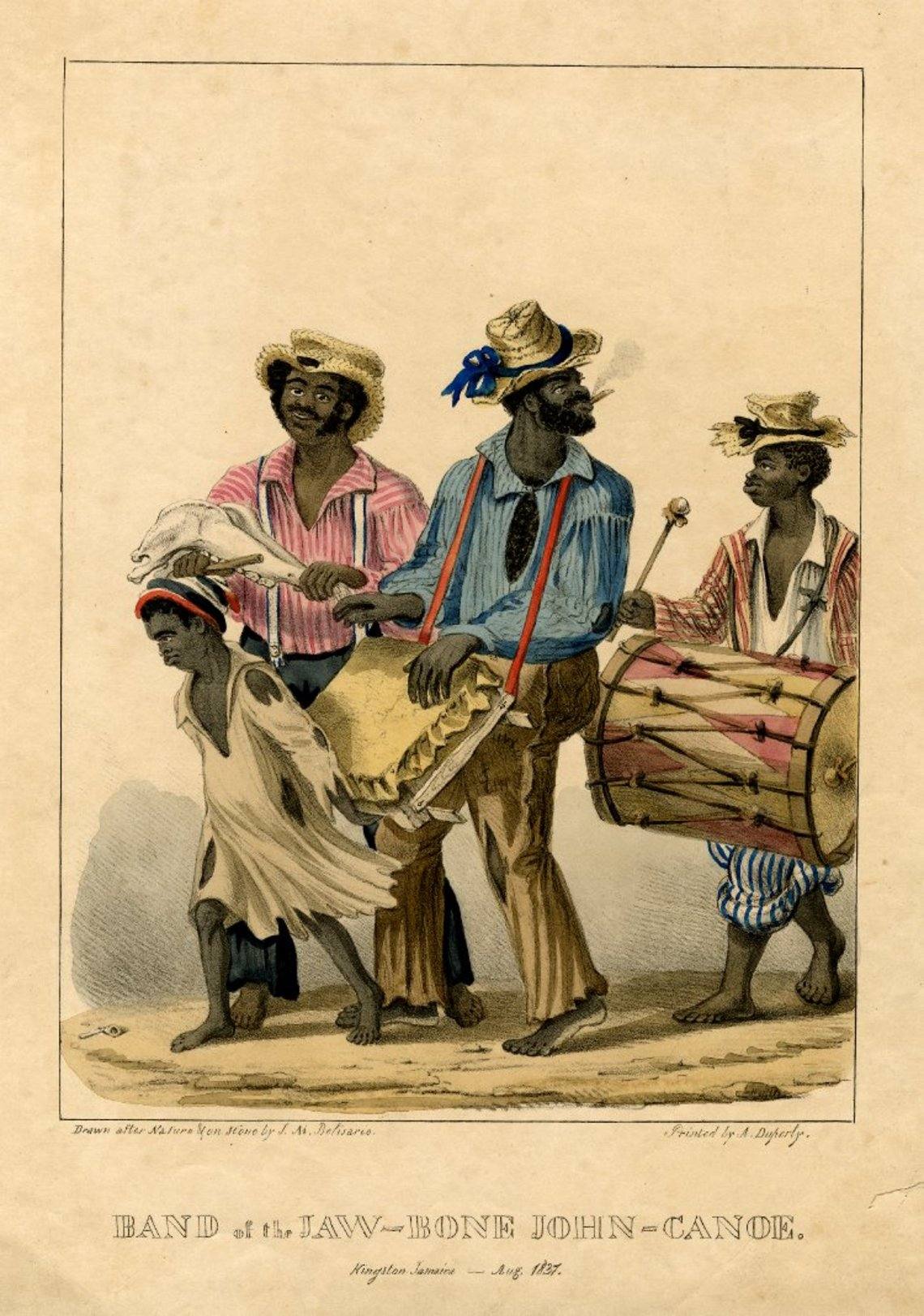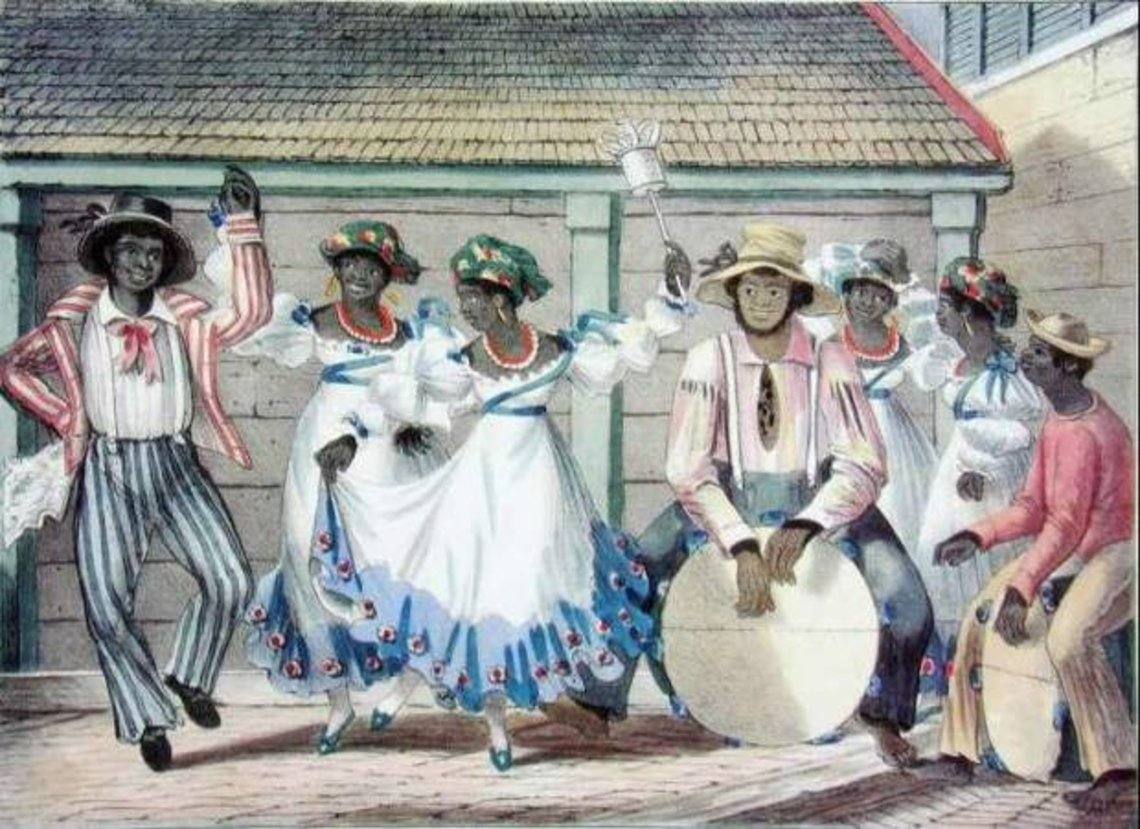Jamaican Artist: Belisario (1775-1849)
Jamaican Artist: Belisario (1775-1849)
On the walls of homes and buildings in Jamaica today are prints by Isaac Mendes Belisario. His depictions of characters in the seasonal masquerade tradition of ‘Jonkonnu’ or ‘John Canoe’ created between 1837-38. Jonkonnu is derived from the West African masquerade traditions of Egun, as well as a mimicry of colonial class by the working class of the period.
As an artist Belisario helped to concretize and develop the visual records of Jamaica’s culture and customs of his time. Belisario was of Portuguese Jewish origin and had all the technical facility needed to become quite an established artist in the island.The technical adeptness of his prints and skill in painting the landscape and society of the time have allowed great insight into both the ruling groups and the oppressed groups in the society during this period.
His means of visually representing workers in extreme minutia in contrast to the expanse of the landscape are not dissimilar from English paintings of that period, such as the J.M.W. Turner painting, ‘Hornby Castle from Tatham Church’.
Today however, the inconsequentiality of the figures of the workers cannot help but remind modern viewers of the extremes in social power and agency between classes and races of the time.
Belisario is said to be the first documented Jamaican-born artist. For this and other reasons discussed Belisario’s prints and paintings hold great value as documents of that period in Jamaica’s cultural history.
This is an extract of a paper by Oneika Russell on the history and development of art in Jamaica. See the full paper at: https://www.experiencejamaique.com/key-moments-jamaican-art-scene-development-history-4
Also visit our art gallery: https://www.experiencejamaique.com/product_gallery
September 2019
Copyright ©️ Expérience Jamaïque. Tous les droits sont réservés. Conçu et développé par LucraLux Marketing.

